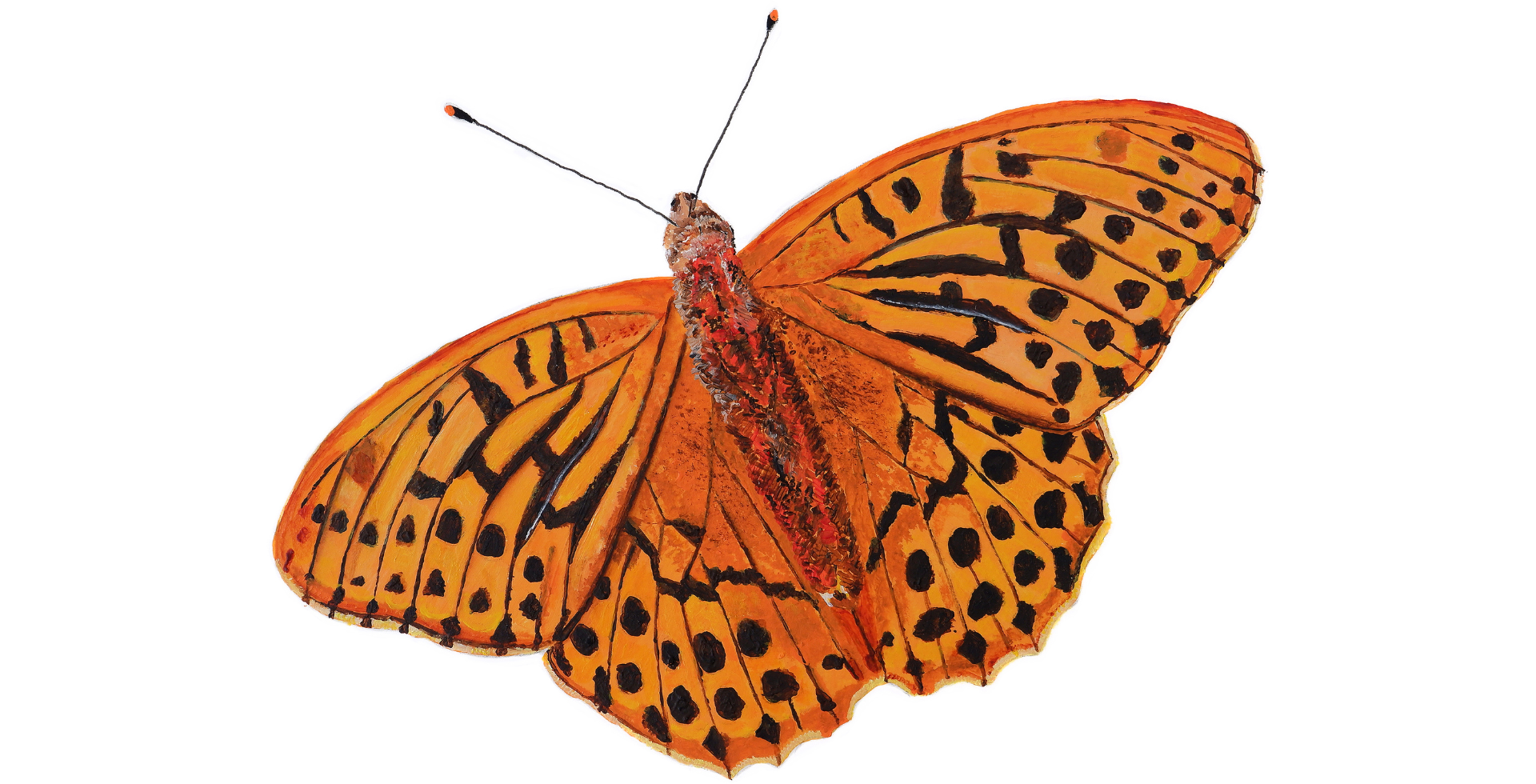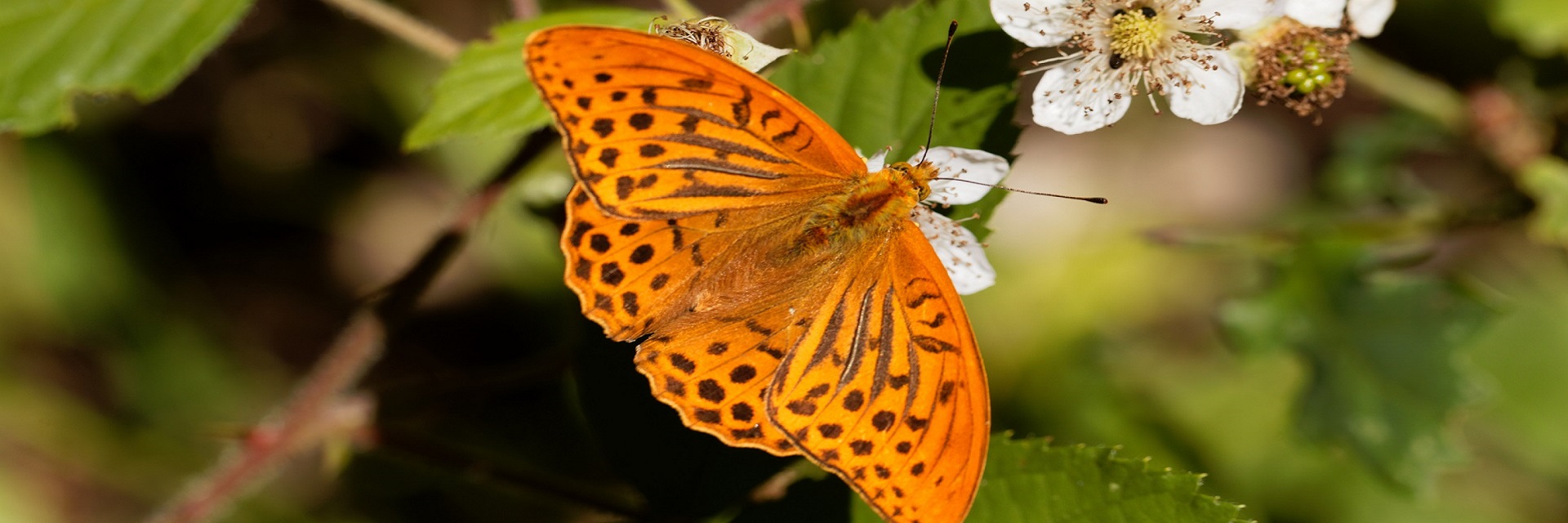Good management for this species will create/result in well-managed open deciduous woodland with sunny, flowery rides and glades. Such woodland will also provide habitat opportunities for many other butterflies, for example, wood white, speckled wood, pearl-bordered fritillary and gatekeeper, as well as many moths and woodland songbirds.
Opportunities to create/improve/extend suitable habitat for this species include:
- Creating and managing rides and glades
- Thinning to encourage the development of the woodland shrub layer
- Restoring/maintaining traditional coppicing rotations
- Controlling deer
Creating and managing areas for the Silver-washed fritillary will help deliver the following benefits to communities:
- Clean water
- Clean air
- Protection from and mitigation of environmental hazards
- Mitigation of and adaptation to climate change
- Thriving plants and wildlife
- Beauty, heritage and engagement


